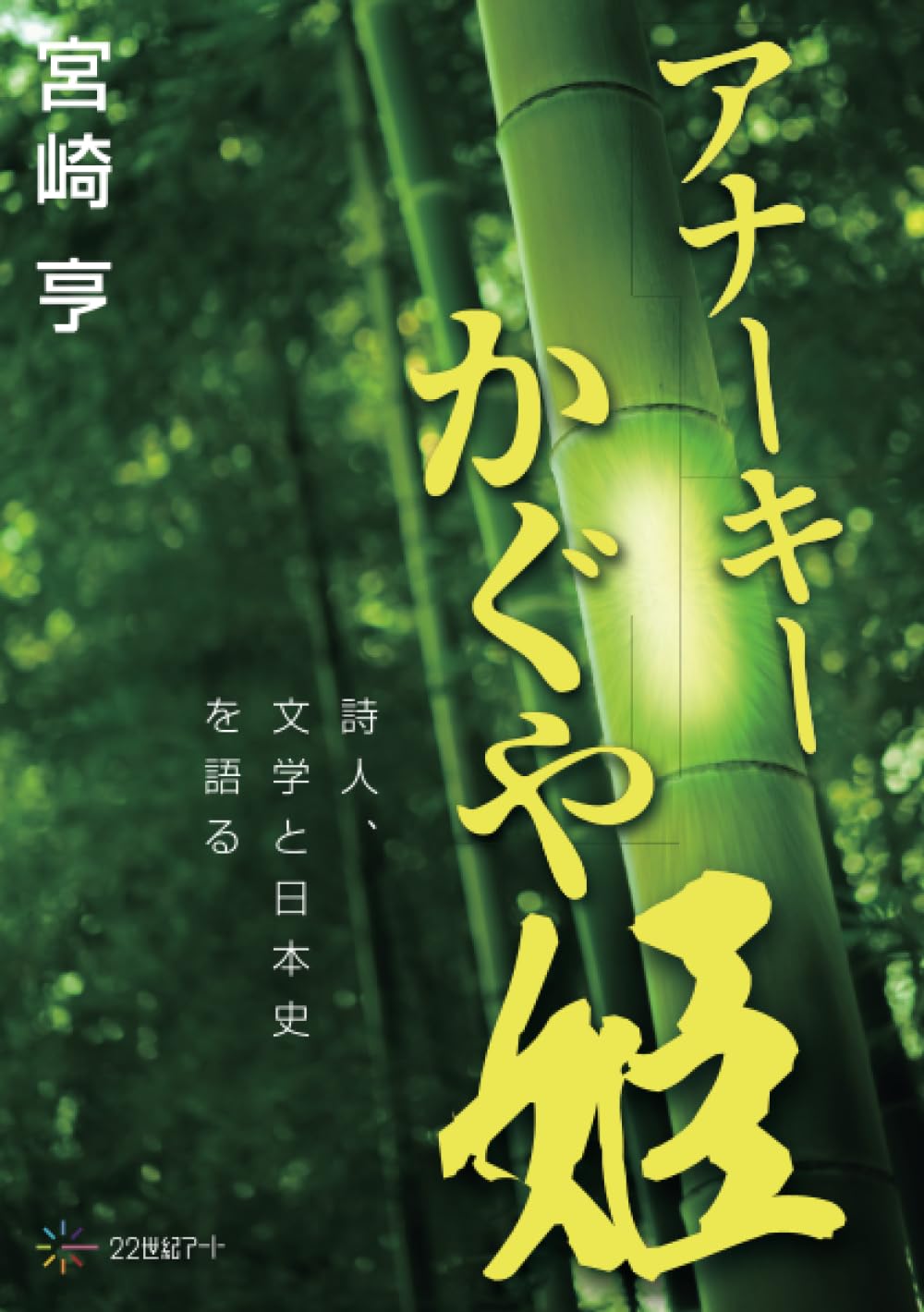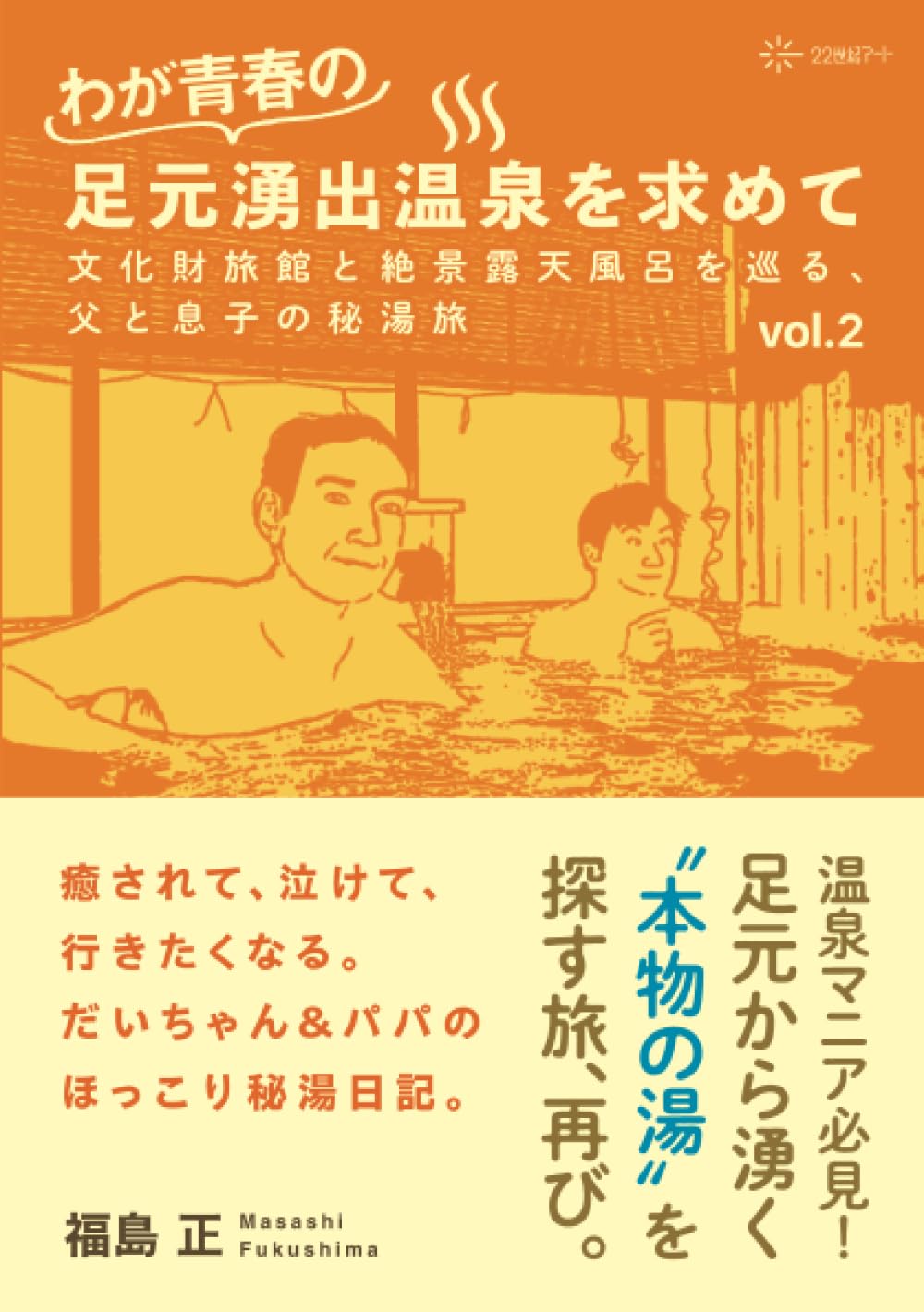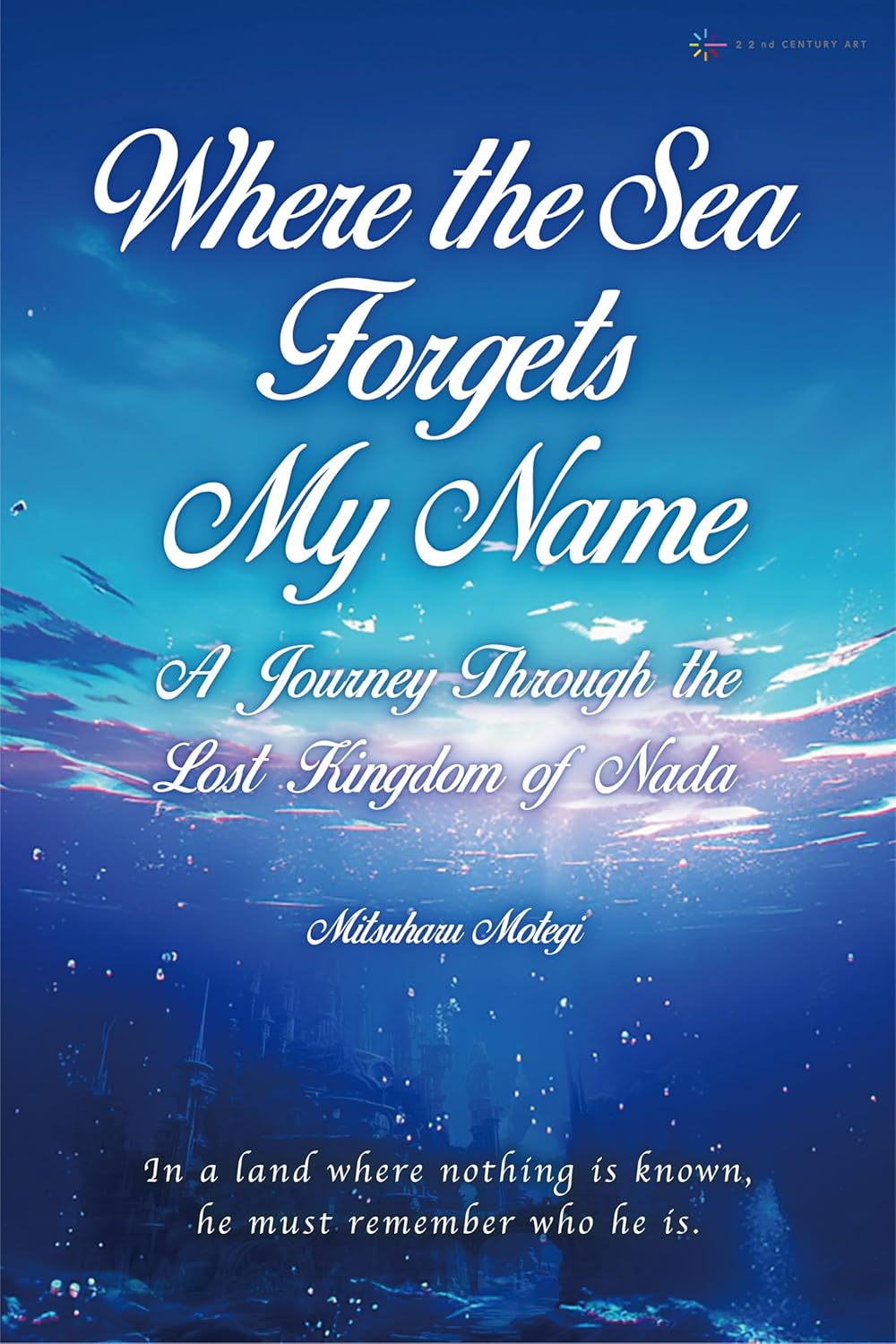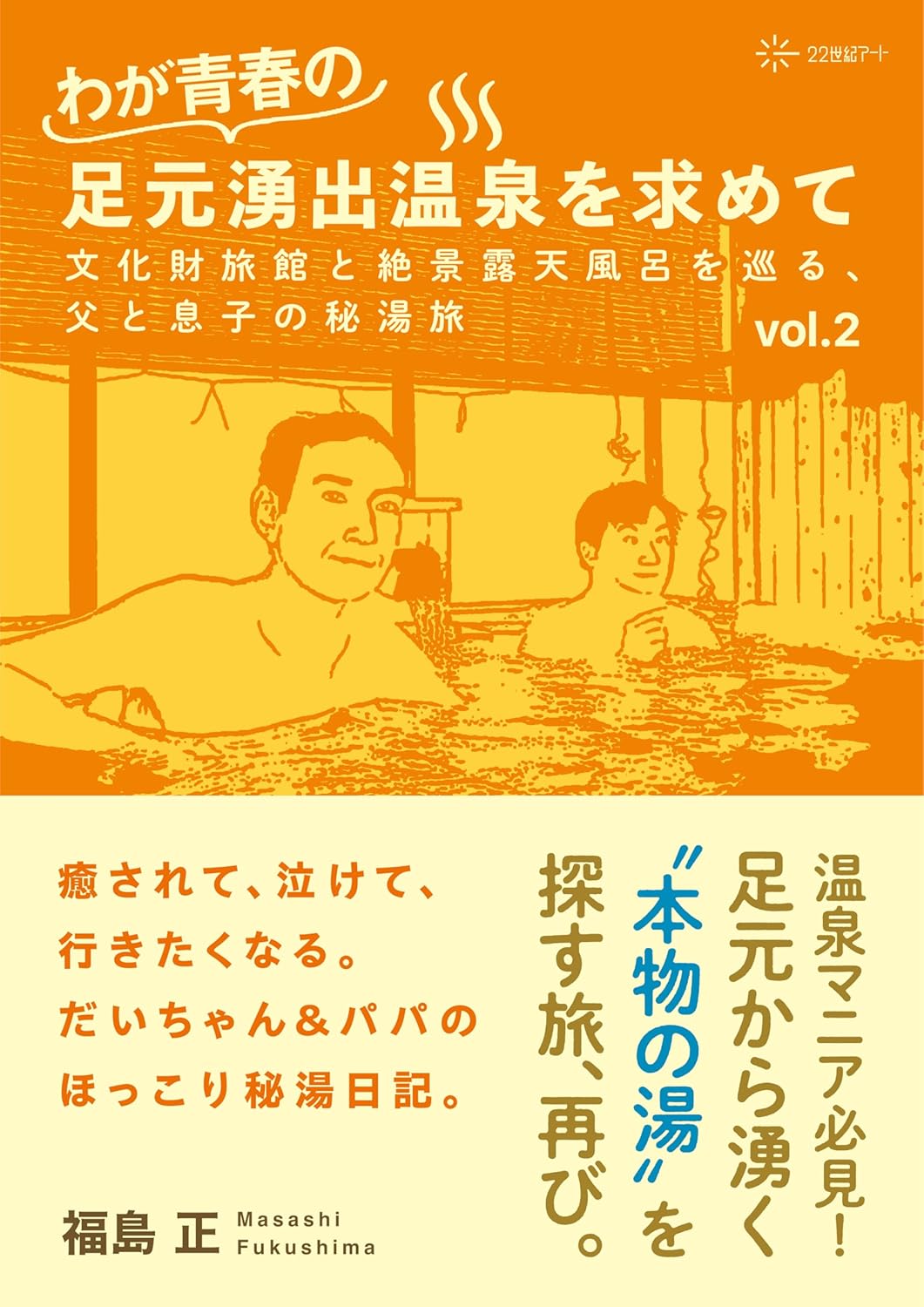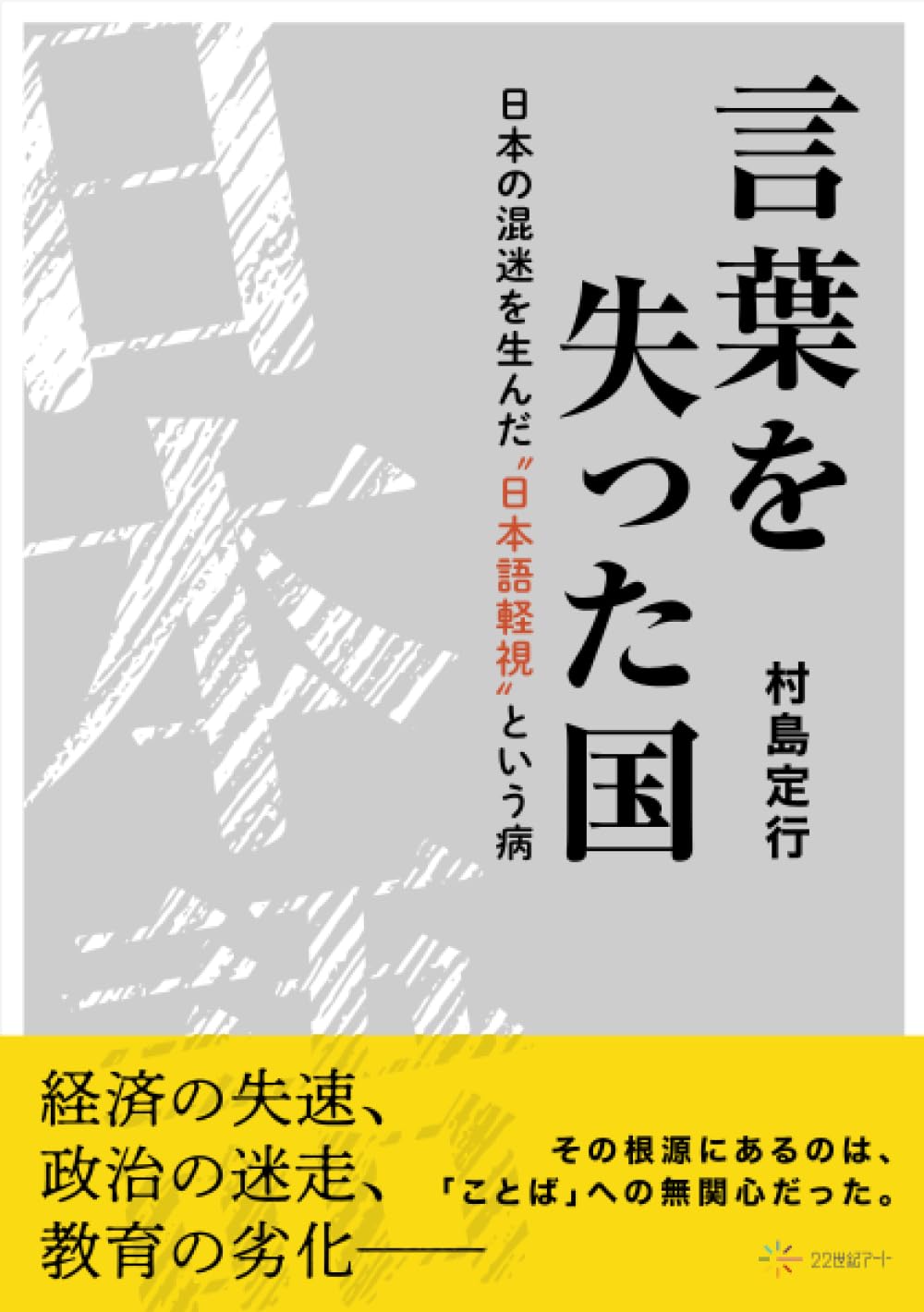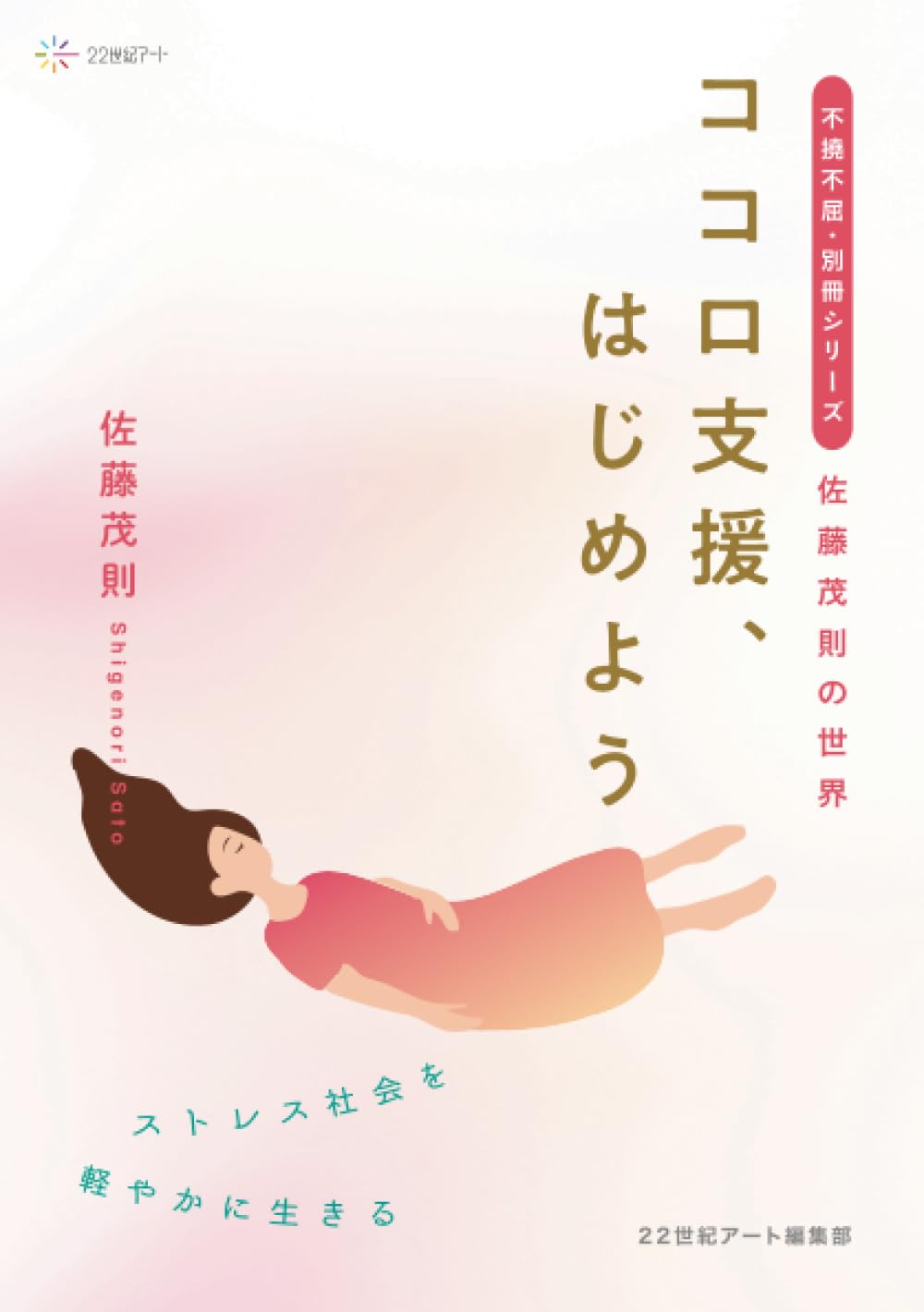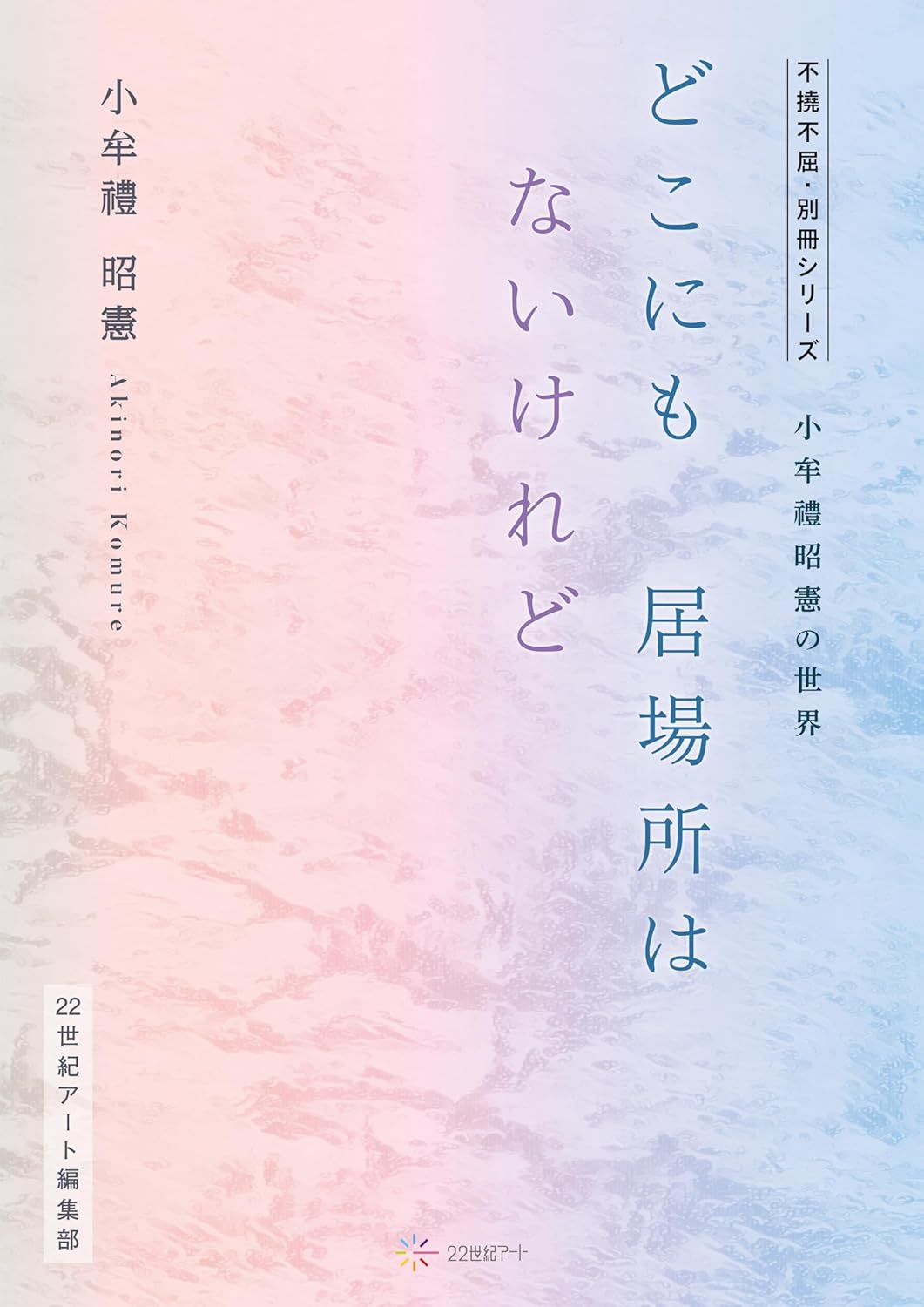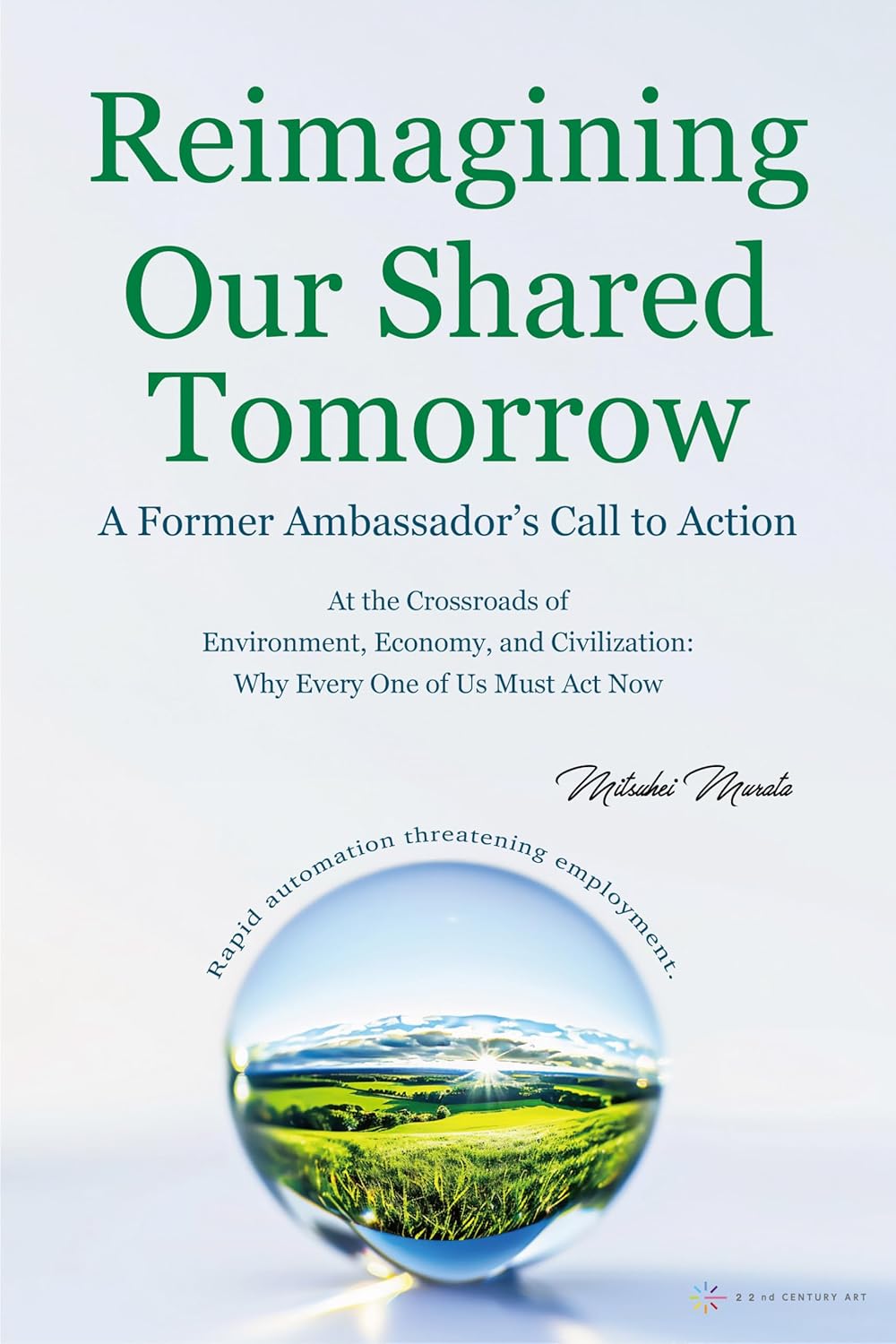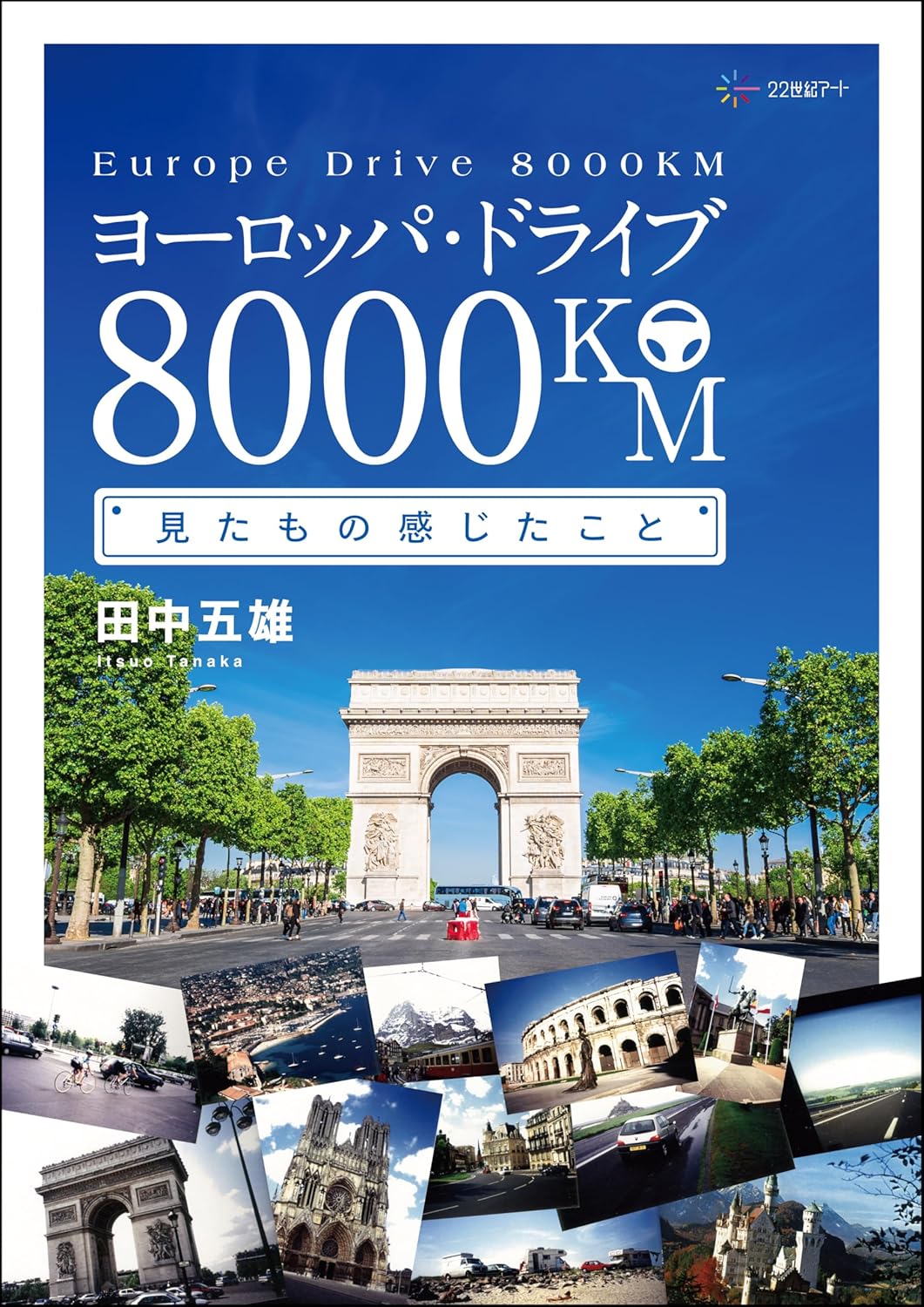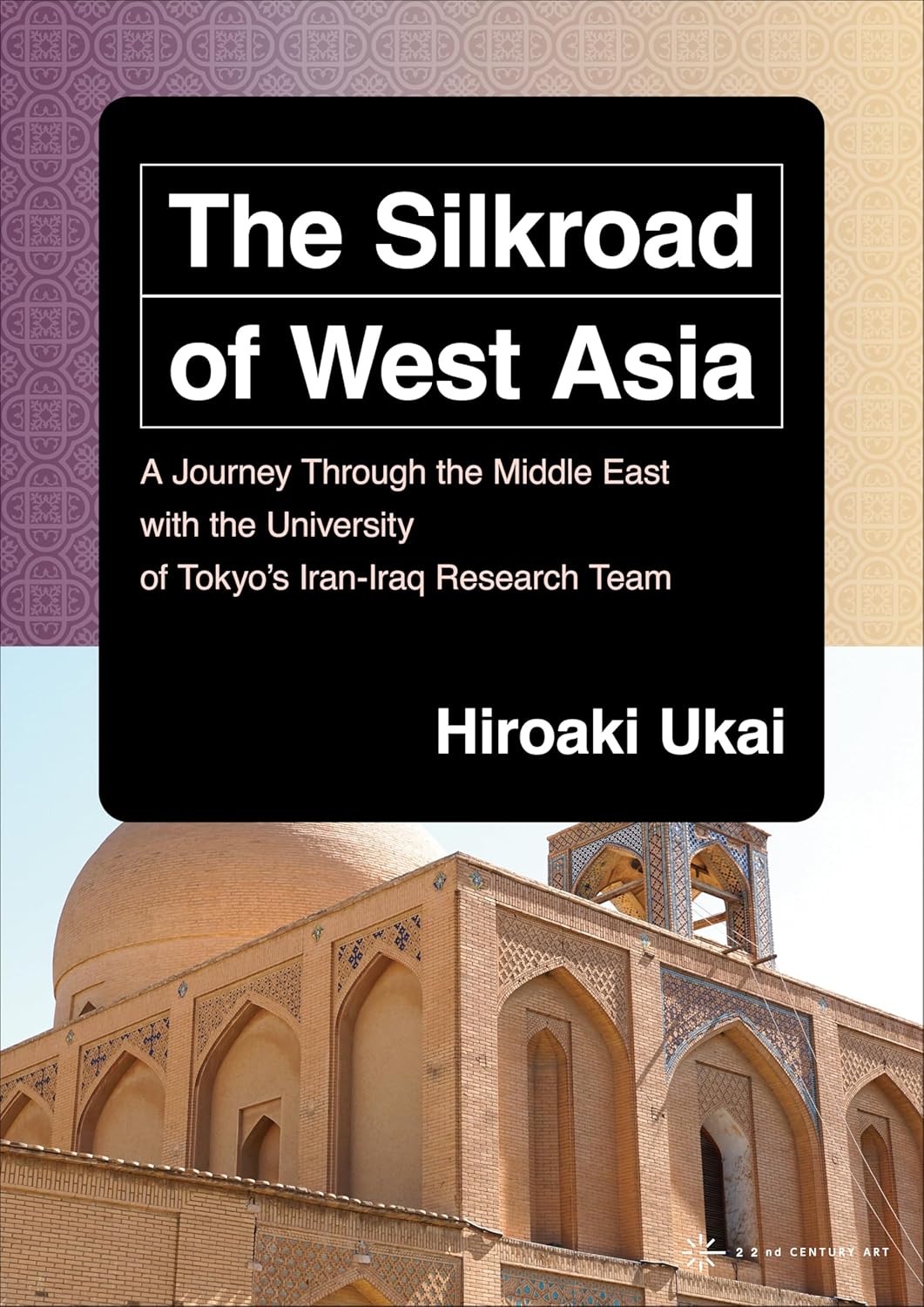
The Silkroad of West Asia - A Journey Through the Middle East with the University of Tokyo’s Iran-Iraq Research Team (English Edition)
(著) 鵜飼宏明
Amazon作品詳細
[About the product]
-Tea is called chai in Arabic. So what is water called?-
1.Mai 2.Tichi 3.Me
For the correct answer, please refer to Chapter 1, Section 6, "The ABCs of Arabic."
This book is a record of the journey of Ukai Hiroaki, a broadcast journalist who participated in an archaeological survey of Iran and Iraq conducted from June 1965 to March of the following year, and his tour of the ruins of various Western Asian countries with a research team. The journey was not an easy one, as the journalist visited various ruins, including the ruins of Babylon, the oldest cultural city in human history, the ruins of Ugarit on the way to Turkey, and the ruins of Çatalhöyük, which began excavation in 1961. His tires got stuck in the mud, his nose bleed wouldn't stop, and he encountered a coup in Syria and was held at gunpoint, but this is an eventful travel guidebook that vividly depicts the Western Silk Road.
[Contents]
PREFACE
INTRODUCTION - TRACING THE HISTORY OF MODERN TIMES AND SIX THOUSAND YEARS OF BEAUTY
CHAPTER 1: LIFE IN TELUL ETH-THALATHAT
CHAPTER 2: DOWN TO THE MESOPOTAMIA PLAINS
CHAPTER 3: THE CAPITAL, BAGHDAD
CHAPTER 4: CROSSING THE SYRIAN DESERT TO JORDAN
CHAPTER 5: THE DEAD SEA AND ITS SURROUNDINGS
CHAPTER 6: SNOW AND SUN IN LEBANON
CHAPTER 7: CROSSROADS OF EAST AND WEST, SYRIA
CHAPTER 8: HELLENISM IN TURKEY
CHAPTER 9: ON THE ANATOLIAN PLATEAU
CHAPTER 10: THE MYSTERIOUS HITTITE CIVILIZATION
ROUND-TABLE DISCUSSION: THE MULTI-LAYERED CULTURE AND BEAUTY OF WEST ASIA
FOOTNOTES AND CHRONOLOGY: UNDERSTANDING WEST ASIA
POSTSCRIPT
AUTHOR BIOGRAPHY
[Comments from the Editor]
This book, which describes a journey around the ruins of various Western Asian countries, is written in travelogue style about events in areas that are not easily accessible, such as life in Tel Sarasat in northern Iraq, an introduction to the temperament of the Arab people, and the holy city of Jerusalem, home to the Garden of Gethsemane, the site of Jesus' final prayer. It is packed with information about the people and cities that the authors encountered, making it a book that makes you feel as if you are traveling with them.
[Author Profile]
Hiroaki Ukai
1930: Born in Kyoto
1948: Graduated from the old system of Third High School (French language course)
1953: Graduated from the Department of German Literature, Faculty of Literature, University of Tokyo (1st period student of newly established system)
Career:
Broadcasting: Produced programs on JOKR (radio) and TBS TV until 1979
Stage: Creative activities in DANCE THEATER CUBIC as a playwright and director until 1991
Teaching: Part-time lecturer at Shukutoku Junior College and Japan Women's College of Physical Education from 1997 to 2000
Critique: Critic and judge of creative works centered on contemporary dance until 2013
Note: For dance-related works listed below, he used the pen name "Kusaka Shirou".-2005CDAJ)
[Main writings and works]
Works under Hiroaki Ukai:
"Taiyo to suna to no taiwa: Sei-Ajia no shiruku rōdo" (1983, Ribun Shuppan)
"Tokyo Daigaku gakusei engeki nanajū-go nen-shi: Okada Kako kara Noda Shuji made" (1997, Shimizu Shoin)
"Sasuga buyō, saredo buyō" (2005, Bungei Shunju)
"Nana to Jan: Shōwa nijū-dai ga unda seishun no fu" (2016, Seifūsha)
Works under Kusaka Shirou:
"Modan dansu shukkō" (1976, Kinoko-sha)
"Takehisa Yumeji no awaki onna-tachi" (1994, Kindai Bungeisha)
"Gendai buyō ga miete kuru" (1997, Okizumi-sha)
Series "Dansu no mado kara" (2003-2012, Anrakuji Shuppan)
Translation "Rudorufu Laban" (2007, Taishukan Shoten), and others.
Video production (6 volumes, 1 hour each; script, direction, and explanatory pamphlet):
Dai 1 kan: Kaitaku-ki no Hitobito
Dai 6 kan: Sengo Sedai no Tenkai(1988-2005CDAJ)
新刊情報

